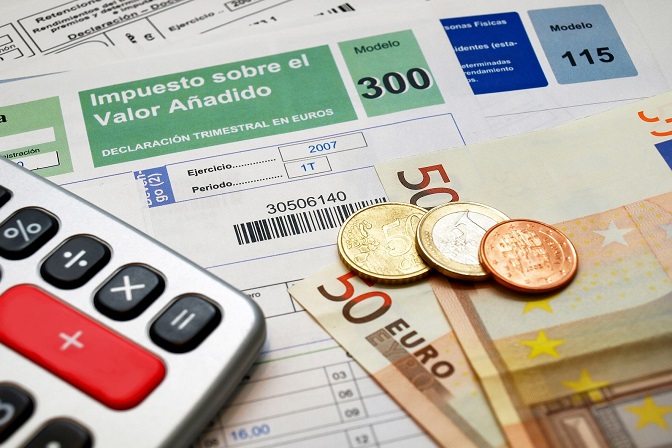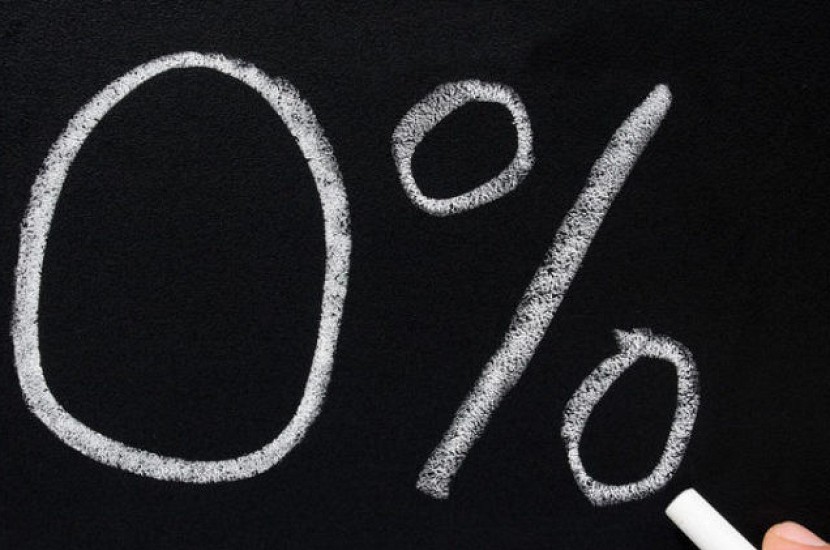
Value Added Tax (VAT) it is an indirect tax that falls on consumption and, therefore, from an economic point of view, it is the consumer who bears this tax; although it is the entrepreneurs and professionals, who are obliged to make the corresponding VAT declaration, paying the Treasury the difference between the VAT they have obtained through their customers, and the one they have had to bear for purchases from their suppliers.
Of great importance for the economy of a company, from AYCE Laborytax we have thought it interesting to review the different VAT tax rates that exist in Spain in 2018. In total there are three;
the general, the reduced and the super-reduced,
and its application will vary depending on each service or product.
What VAT tax rates exist in our country?

As we have already mentioned, currently in our country there are three different VAT rates, which are the general,which represents 21%, the reduced,which is 10%, and finally the super reduced,whose percentage is 4%.
The application of one tax rate or another depends mainly on the basic need for a product or service. The greater this need, the lower the VAT that will be applied to it.
“The reduced and super-reduced rates apply exclusively to the operations listed in the Act. The remaining transactions shall be taxed at the general rate.”
Having said that, let’s look in depth at the main differences that exist between each VAT rate,beyond their percentages.
You may be interested in:
Requirements to deduct VAT from the company car and save you a few euros
General VAT
The general VAT is the one with the highest percentage (21%), and also the most common, since it is applied by default to most products and / or services that we consume daily. Includes fashion, decoration, appliances, vehicles,… Etc.
omo can be the purchase of a computer, or payment for a plumbing service or a renovation.
A paragraph must be made in the food products,since depending on how the State has considered their need, they may have a general, reduced or super-reduced VAT.
Recently, after the last tax reform, they have joined the group that have a 21% VAT, services such as hairdressing, funeral, health care that does not enjoy exemption, or services provided to people who practice sports, among others.
Reduced VAT
Those products or services with reduced VAT are applied a 10% VAT,and from AYCE Laborytax we anticipate that the list is quite extensive.
The reduced VAT mainly includes those products and services of greater need,such as some food products, water, the construction of new homes, pharmaceutical products (not medicines), goods used in the performance of agricultural, forestry or livestock activities, as well as other services such as fairs, museums or exhibitions.
The reduced VAT also applies to passenger transport,most hospitality services, food and beverage supply companies, street cleaning services, waste destruction, home repairs, leasing, etc.
Here we want to emphasize the reduction that occurred in the cultural VAT, going from 21% to 10%, after the entry into force of the new law of General State Budgets last July 2018.
Super-reduced VAT
And finally there is the super-reduced VAT, which is the one that taxes a 4% VAT on those products that have been classified by the State as of basic necessity.
These products include foods such as bread, milk, eggs, cheese, fruit, vegetables and legumes. Also included in the super-reduced VAT are other products such as medicines,vehicles for the transport of disabled people, prostheses, implants, public housing, books, magazines and newspapers.
Here we must also highlight the repair of vehicles for people with reduced mobility,rentals with option to buy of housing of official protection, telecare services or home help, etc.
You may be interested in:
Are there products or services exempt from VAT?

Indeed, there are also a number of products or services that are exempt from VAT,since they are considered to be of great importance to society,as they are closely related to aspects such as health, culture, humanitarian aid or education.
This type of products or services, therefore, should not be included in quarterly VAT returns are, among others:
- Educational services: here we include from early childhood education to postgraduate master’s degrees.
- Cultural services: libraries, museums, seminars or courses on topics of cultural interest.
- Sports services: all kinds of activities given by the State or by a Provincial Federation.
- Provision of inpatient or health care services
- The delivery of non-buildable land.
- The provision of social assistance services.
conclusion
It is important to know the different vat rates,in order to be prevented when having to comply with the corresponding mandatory obligations. In any case, if there is any doubt about it, the tax advisors of AYCE Laborytax will be happy to solve it and offer all the information about it.








